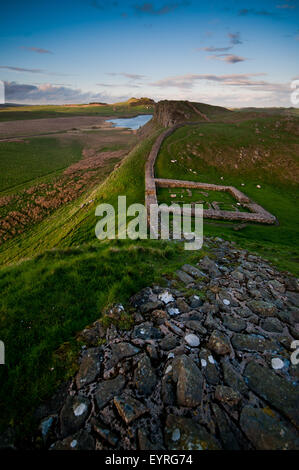

The western edge of the Antonine Wall was marked by a square shaped fort at Old Kilpatrick, built by auxiliary regiments in AD 81 (preceding the Antonine Wall). The Forts of the Antonine Wall (West to East) His son, Caracalla continued campaigning the following year, but soon settled for peace with the Caledonian tribes and withdrew his forces to Hadrian’s Wall, abandoning the Antonine Wall and the Roman’s ambition for conquest of Caledonia. Severus’ campaign was cut short when he fell ill and withdrew to Eboracum (York), where he died in AD 211. But as he advanced through the country he experienced countless hardships in cutting down the forests, levelling the heights, filling up the swamps, and bridging the rivers but he fought no battle and beheld no enemy in battle array.”įurther adding “Having thus been conveyed through practically the whole of the hostile country (for he actually was conveyed in a covered litter most of the way, on account of his infirmity), he returned to the friendly portion, after he had forced the Britons to come to terms, on the condition that they should abandon a large part of their territory.”

“Severus, accordingly, desiring to subjugate the whole of it, invaded Caledonia. Some classical texts suggest Severus built another wall, named the Wall of Severus, however, scholarly consensus believes they are most likely referring to the Antonine Wall, with Hadrian’s Wall and Offa’s Dyke also being possible candidates.Īn account of Severus’ campaigns into Caledonia, by the Roman chronicler Lucius Cassius Dio reads: He set about strengthening Hadrian’s Wall, and re-occupied the Antonine Wall with a garrison to ensure a strong position for campaigning north that retraced the steps of Agricola over a century before. In AD 208, Emperor Lucius Septimius Severus travelled to Britannia with an army of over 40,000 soldiers, intent on conquering all of Caledonia. After only eight years since the wall’s completion, the Roman’s abandoned the Antonine Wall and forts, choosing to withdraw to Hadrian’s Wall in AD 162. In addition to the main wall defences, the Romans built a number of coastal forts that probably functioned as supply bases, in addition to several forts from the redundant Gask Ridge line first built sometime between AD 70 and 80.

Unlike the stone construction of Hadrian’s Wall, the Antonine Wall was built of turf on a stone foundation, reaching heights of around four metres, and was supported by a chain of 19 forts spread out every two miles. There are no surviving accounts documenting Urbicus’s campaign, but inscriptions at the Antonine Wall suggests that three legions were involved (supported by auxiliary units), including the Legio II Augusta based at Caerleon, the Sixth Victrix based at York, and the Twentieth Valeria Victrix based at Chester (which are credited with the walls construction).


 0 kommentar(er)
0 kommentar(er)
